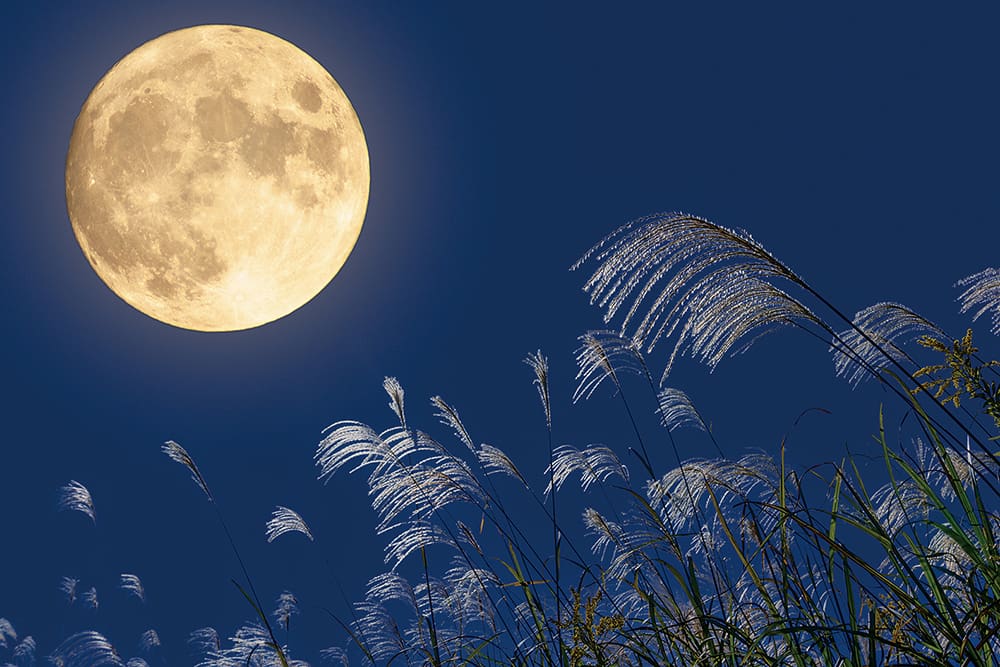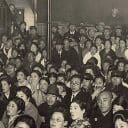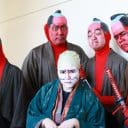
In Japan, towards the end of summer, people start hearing the “chirping” or “singing” of certain insects from dusk to dawn even if the temperature is still high. People start feeling, and often express, “now that we hear mushi-no-koe (虫の声), or the insects’ chirping/singing, autumn is around the corner!
Perception of Mushi-no-koe or Mushi-no-ne (虫の音)
The Japanese perception of insects, mushi (虫), is two-fold. One is negative towards ‘harmful’ insects such as mosquitoes, flies, blow flies, cockroaches, silver worms, termites, earthworms and slugs. The other is more positive towards insects such as cicadas, dragonflies, butterflies, grasshoppers and crickets. It is the latter kind, namely various kinds of cicadas, grasshoppers and crickets that make certain sounds or noises, that the Japanese often refer to as mushi-no-koe (insects’ voices) or mushi-no-ne (insects’ tones).
How do they chirp or sing?
Grasshoppers and crickets have two alae in their body structures. They rub these alae against each other, thereby producing sounds with the vibrations. When doing this, they raise their alae so there is a larger space between the alae and their belly, which causes the sound to resonate louder. The Japanese have names for each mushi such as Suzu-mushi (鈴虫bell cricket), Matsu-mushi (松虫pine cricket), Umaoi (馬追いkatydid), Kutsuwa-mushi (轡虫giant katydid) and Kōrogi (蟋蟀cricket) based on how their chirping/singing or appearance.
Why do they chirp or sing?
According to entomologists, there are three reasons why these insects chirp or sing. The first is that male insects chirp or sing in order to attract female insects to mate. Naturally, the ones which chirp or sing louder and more beautifully will attract more females. The second is that these insects are territorial, and they let other insects know that the area is their territory. Finally, when they sense predators or other dangers coming, they let other insects of the same kind know that danger is imminent through these sounds.
The myth of Japanese brains
In the late 1970s, a popular theory developed that the Japanese perceive mushi-no-koe and other pleasant natural sounds, such as a brooklet’s murmuring and a gentle breeze, with their left brain which processes languages while non-Japanese perceive the same sounds with their right brain which processes sounds. This led to a big debate in neuroscience, but there were no credible data to support this theory so it has been dismissed nowadays. Therefore, this mushi-no-koe culture is not unique amongst Japanese, but it has been nurtured as a pleasant cultural tradition in Japan which continues today. The culture of enjoying mushi-no-koe has been recorded through history since the ancient Greeks and all over the world.
Author
Written by Shunichi Ikeda (Visiting Fellow, College of Asia and the Pacific, The Australian National University)
Proof-reader: Junta Ikeda











